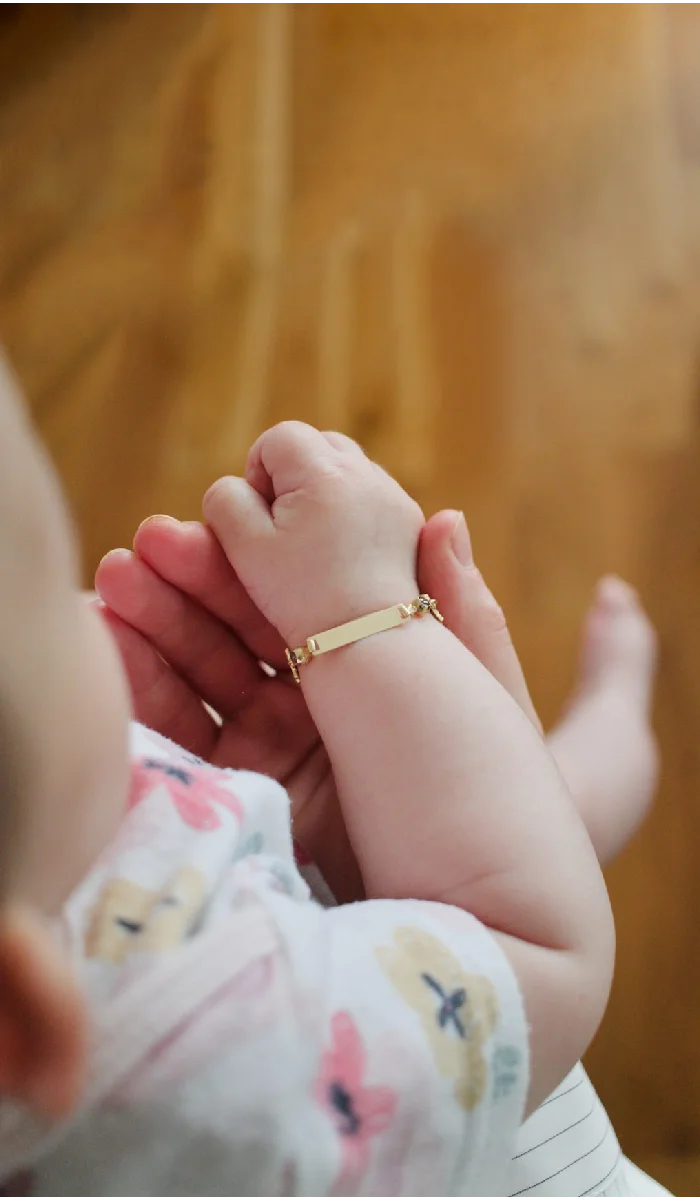Fashion
The Importance of Safe and Non-Toxic Baby Jewelry

Baby Jewelry
The global jewelry market is worth an astounding $353.26 billion. Come 2030; experts project this industry to earn $482.22 billion in revenue.
Adult jewelry, in turn, is the primary driver of that growth. However, the baby jewelry segment is also growing, especially kids’ bracelets and earrings.
If you’re a proud parent, you may wonder if it’s safe to adorn your little one with jewelry. Yes, it is, provided you choose non-toxic, age-specific pieces.
Below, we’ll tell you why such factors are vital to baby safety, so read on.
Protect Your Baby From Lead
Lead, a toxic metal, doesn’t degrade in the environment. Neither does it break down inside the human body. Instead, it accumulates until its levels become fatally high.
Inexpensive children’s jewelry can expose your baby to lead. Infants are, in particular, at a higher risk, as they tend to put things in their mouths. From there, they can absorb high levels of lead through their oral cavities.
The skin can also absorb lead. Therefore, your baby doesn’t need to put it inside their mouth to get lead exposure.
Lead exposure can contribute to many health conditions, such as:
- Anemia
- Behavioral issues
- Development and learning disabilities
- Joint and muscle problems
- Organ failure
Those are scary enough, but prolonged lead exposure is also deadly. That’s why using baby safe jewelry without lead content is a must.
Safeguard Your Little One From Cadmium
Another reason to stick to non-toxic jewelry for babies is the risk of cadmium exposure.
Cadmium is a metal often used for metal plating or coating, including kids’ jewelry. Its addition to jewelry results in the final product having a shiny surface. It also increases the item’s weight and mass.
The problem is that cadmium is a toxic heavy metal. It’s even a suspected carcinogen, which may cause or contribute to cancer. At the very least, its ingestion may cause kidney damage, bone loss, and diarrhea.
Your Baby May Have Metal Sensitivities
Metal sensitivities or hypersensitivities affect around 10% to 15% of people. Nickel is the most common culprit, but chromium and cobalt may also trigger attacks.
Those metals are typical jewelry alloying materials. For example, some toddler jewelry, like earrings and bracelets, uses a mix of nickel and gold or silver. The nickel makes them less expensive.
However, the nickel is still present in the piece, even though it now has gold or silver. Thus, it can still cause potential metal sensitivities.
Metal sensitivity can induce pain, rashes, redness, and swelling on the affected site. Babies can have it much worse than adults because they’re not as tolerant of pain.
The good news is that metals other than gold and silver are less likely to trigger such immune responses. These include surgical stainless steel, platinum, tungsten, and tantalum. They may cost more than nickel-based pieces, but they can be safer and better for your baby.
Keep Your Little One Safe With Non-Toxic Baby Jewelry
While cheap baby jewelry looks cute, it can be unsafe, even deadly, if it has lead or cadmium. Likewise, it can trigger skin problems if your little one has metal sensitivities. All that should be enough reason to choose high-quality, non-toxic pieces for your baby.
As a final reminder, please wait for your child to turn one before having them wear jewelry. Earrings and bracelets are okay, provided they don’t have loose parts.
For more parenting tips and lifestyle hacks, check out our other blog posts now!
Having completed my education in English, I’ve cultivated a successful career as a content writer. My tenure includes valued collaborations with distinguished professional organizations, reflecting my commitment to producing high-quality content.
Contact me on this mail: [email protected]










